Safety on College Campuses
At the end of its first year, the new ordinance faced its biggest test yet. The results are disappointing.
By Jonathan Kim, University of Texas at Dallas
On this year’s May Day, in the midst of a synchronized global protest in an already unstable globe, the University of Texas at Austin dealt with a mayday of its own.
A little past noon of that day, Kendrex J. White, a junior Biology major who planned on medical school, went on a stabbing spree near the campus gym, killing one student and injuring three others. He used a “Bowie-style” hunting knife that, judging from the pictures taken upon his arrest, looked to be about the size of an average man’s forearm.
After putting this knife to a woman’s throat and asking whether or not she was wearing any sorority letters (thankfully, she wasn’t), White then “walked calmly around the plaza,” in the words of University Police Chief David Carter, and stabbed an unbeknownst student. After his first one, he spotted another student sitting at a table, approached the student from behind and thrust his knife into the back of the victim’s neck, before continuing his stroll and stabbing two more random passersby. Within two minutes after the first stabbing report, police arrived and arrested White, whom witnesses described as “eerily calm.” While officers were able to very quickly apprehend him, UT caught flak for taking twenty-eight minutes to issue an emergency report to its students and staff. (You know it’s bad when a UT student on campus apparently first learned about the stabbings from her father in India, and not from the school’s emergency alert system.)
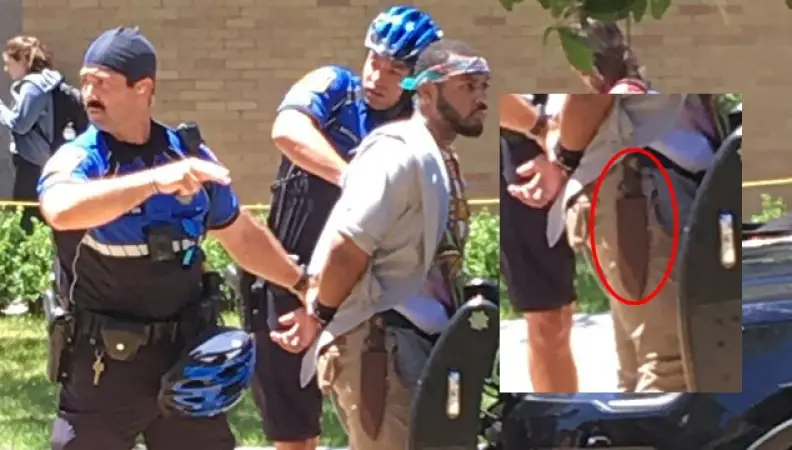
Unfortunately, this horrendous story lends itself well to a perfect storm of the typically American wrangles. The race one: White, who is black, stabs four men, three of whom are white. The political one: White carries out his mass stabbing on a known socialist holiday and a week after the “Vandals of UT” cowardly spray-painted hammer-and-sickle symbols and words like “rapist,” “racist” and “kill frat boys” on several fraternity houses, thus raising questions of White’s potential “antifa,” or antifascist, connections. But perhaps the most relevant of all is the gun one: White wields a knife on a campus that has recently allowed its students to carry concealed firearms on its grounds. What is the insight here on campus carry?
In Texas, the “Campus Carry” law, which went into effect August 2016, authorizes licensed individuals, including students, to carry concealed firearms on college grounds, and gives only private, not public, universities the option to completely ban guns. But the law allows public and the few participating private colleges to establish specific policies in implementing the law; for example, UT, in addition to the law’s own restrictions on gun presence, created “gun exclusion zones,” which lawfully prohibit guns in “zones” that include most dormitories, patient-care areas, school-sponsored events and certain research facilities.
Texas isn’t the only state to enact state-wide authorization of campus carry; Colorado, Idaho, Mississippi, Oregon, Utah, Kansas (effective July 2017), Wisconsin (also effective July 2017) and Arkansas (effective September 2017) have similar laws in place. All these states passed their versions of campus carry laws in primary fear of mass shootings, especially in the wake of recent traumas, and with a simple logic in mind—more guns mean less crime, right?
According to an October 2016 report from Johns Hopkins, the answer is no. The report’s researchers parsed, then refuted, the pro-campus-carry movement, as notably endorsed by John Lott, into three basic arguments: (1) Right-to-carry (RTC) policies and areas drastically reduce the occurrences and lethality of mass shootings, (2) Mass shootings mostly occur in areas where civilians are prohibited from carrying guns, and (3) When mass shootings do occur, armed civilians often confront and stop the active shooters.
The refutations:
(1) In his 2016 book “Rampage Nation,” Louis Klarevas found that, after collecting data on 111 mass shootings, with each claiming at least six lives, from 1966 to 2015, 41 states that allow concealed carry actually have a higher average death toll after the RTC laws were implemented (from 7.5 to 8.4 average deaths). And the average death toll in states with RTC laws (8.4) were again slightly higher than those in states without RTC laws (8.0). So clearly, RTC laws don’t reduce mass shootings.
(2) The story is the same for specifically “gun-free zones,” which is a concept from Lott that many researchers claim as too ambiguous for tight research. For his work, Klarevas defines “gun-allowing zones” as areas where civilians aren’t prohibited from carrying concealed firearms. He found that, of the 111 mass shootings he studied, only 18 were in gun-free or gun-restricting zones; in other words, nearly 84 percent of mass shootings occurred in areas where civilians were allowed guns or where security/police officers were present. In other words, gun-allowing zones have a much higher rate of mass shootings than those that prohibit or restrict guns.
(3) The FBI looked into 160 active shootings and found that armed civilians shot and ended the shootings in only five cases, or 3.1 percent. And in 21 of the studied shootings, or 13.1 percent, unarmed civilians “safely and fully restrained the shooter.” The data suggest that unarmed civilians are four times more likely than armed civilians to end an active shooting.
Note that all these data regard mass shootings, not mass stabbings. But, if concealed carrying doesn’t work in situations where guns are at play, how could it work in those that don’t involve guns, like the one at UT?
Perhaps one could argue that a mass stabbing differs from a mass shooting since a carrying civilian could use a gun as a scare tactic against a blade-wielding attacker. But scare tactics only work on those whose mental states aren’t too askew, a qualification that doesn’t seem to apply in White’s case. According to Chief Officer Carter, White is likely “suffering from mental health issues.” Apparently, White doesn’t remember the attack. When officers asked him whether he heard any voices, he said, according to the affidavit, “that his mind told him to, ‘tell the truth and withhold any action that he did because it really didn’t happen,’” and White later said, “If I did something I don’t remember then I want to be told.”
If what White says is true, and if police are right about White’s mental instability, any civilian efforts to scare White with a pointed gun would not only be in vain, but also possibly more dangerous. Lets imagine the scenario at UT if an armed civilian had intervened. White, a mentally unstable man who is clearly not frail in size, is unaware as he walks calmly in an open public space and begins to stab random individuals without clear motive. An armed student, who only received the bare minimum amount of shooting practice for a license to carry, spots this attack from inside a building, runs out, stops at a safe (read: lengthy) distance from White, takes out his pistol and points it at him. They lock eyes, and the student shoots. And misses. And shoots a couple of more times. And misses. The fired shots escalate mass fear. Meanwhile, White, whose mind is in a world of its own, is approaching the once-hopeful civilian shooter, as other students in the background attend an innocent bystander who got hit by one of the stray bullets.
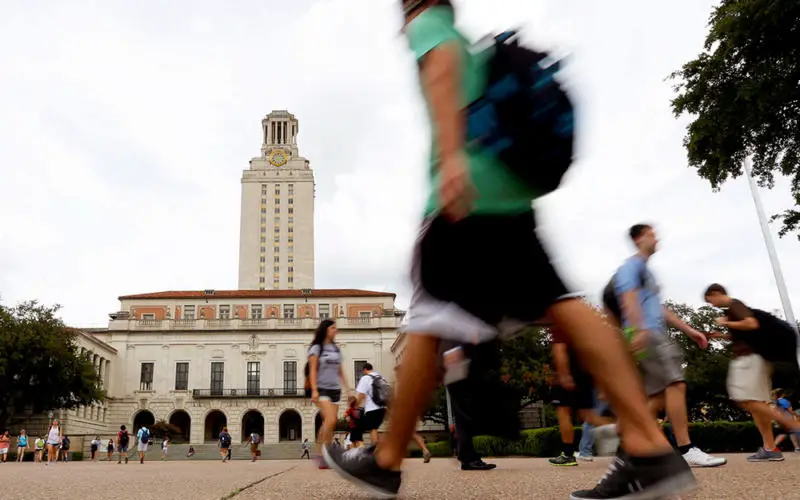
Such hypothetical situation is absolutely believable. It is nearly pure fantasy and arrogance that a student, who is likely a millennial without extensive shooting practice, would be able to assess a safe, but manageable, distance, aim accurately at a moving target in the middle of franticly running people, and then shoot, and successfully hit or disable, the attacker with the first shot. This is the Hollywood way of thinking, and to believe that this pollyannaish plan could work is foolish, ignorant, immature and impractical, especially when even police officers are somewhat inaccurate with their shots during moments of crisis. (By the way, the rumor of a UT student who flashed a gun and chased White is unconfirmed, and so ends exactly the way it began—a rumor.)
Campus carry doesn’t reduce the frequency and intensity of mass attacks, and the UT stabbing is no exception to this fact. Minimally trained college students who are armed and eager to intervene during a deadly crisis could do more harm than good, as they would likely be too inexperienced to adequately disable a volatile aggressor without risking too much the lives of those around them.
The heinous UT stabbing offers the insight that perhaps the solution to mass attacks doesn’t lie in students carrying guns, especially since concealed carry, let alone campus carry, is inefficient and could even aggravate the very issue it purports to address. Instead, Americans need to applaud the fact that UT officers had arrived on the scene and arrested White in a time less than what most people take to finish reading this article. Officers are highly trained to deal with mass attacks, and armed students would only contribute more worries, confusion and unnecessary delay.
For those of my readers still in doubt, consider this question. Which has the better chance of saving lives, including Harrison Brown’s: A student vigilante with a gun or an even quicker dispatch of trained officers?


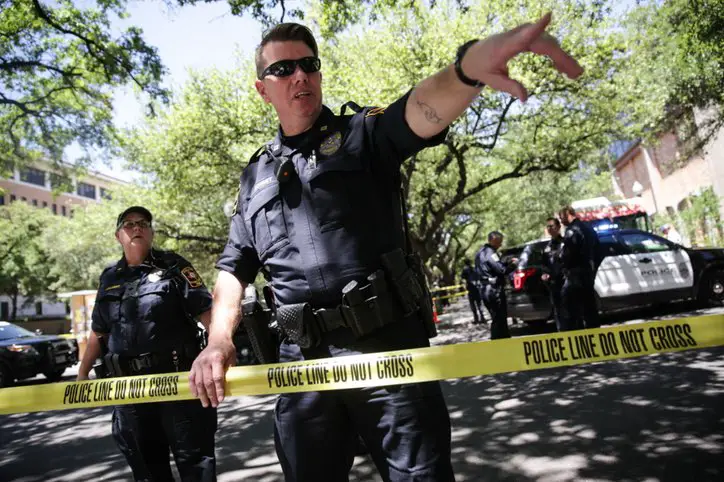




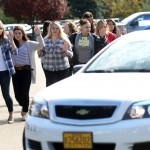
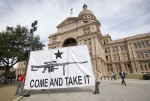





[…] Source: In Light of the UT Stabbing, Emotional Campus Carry Debates Resurge […]